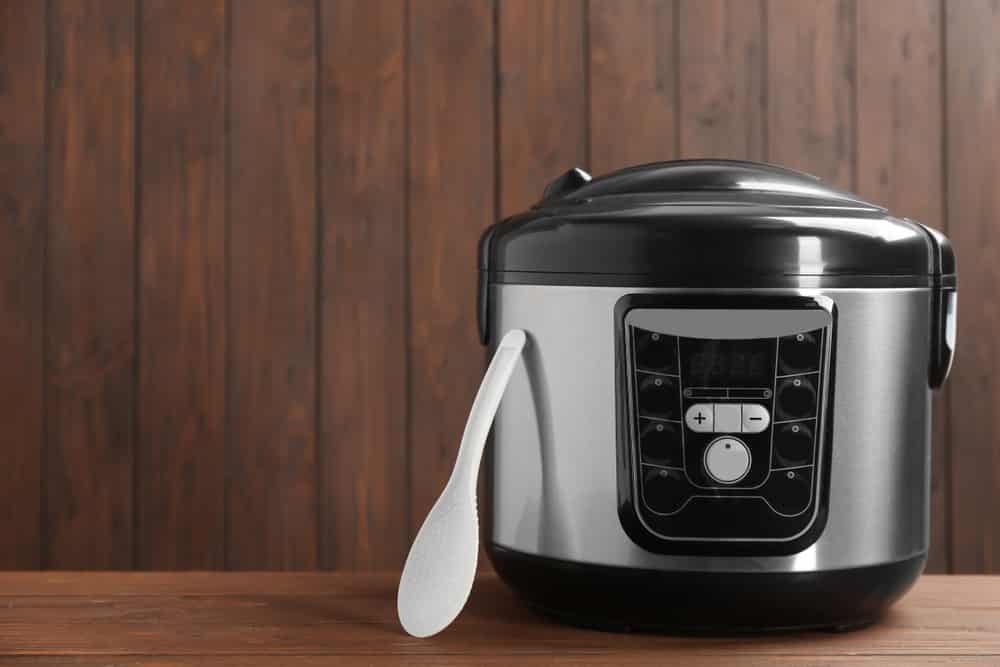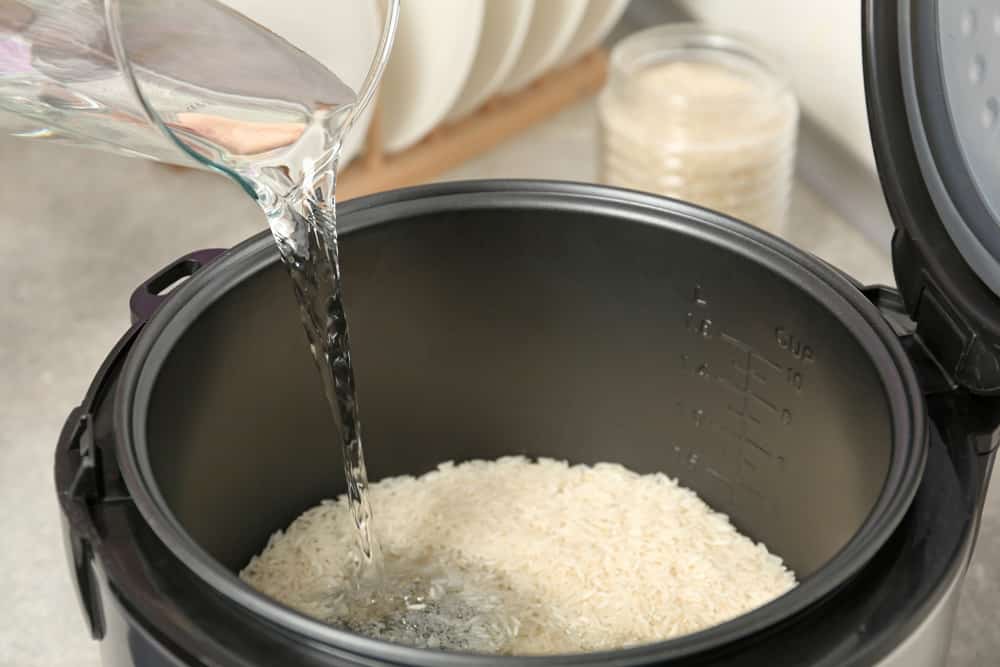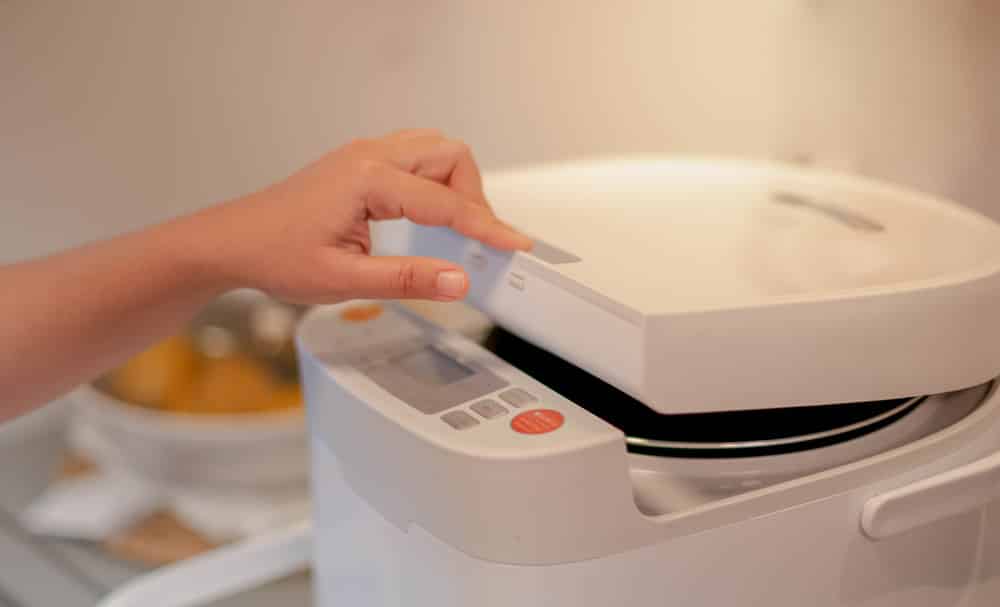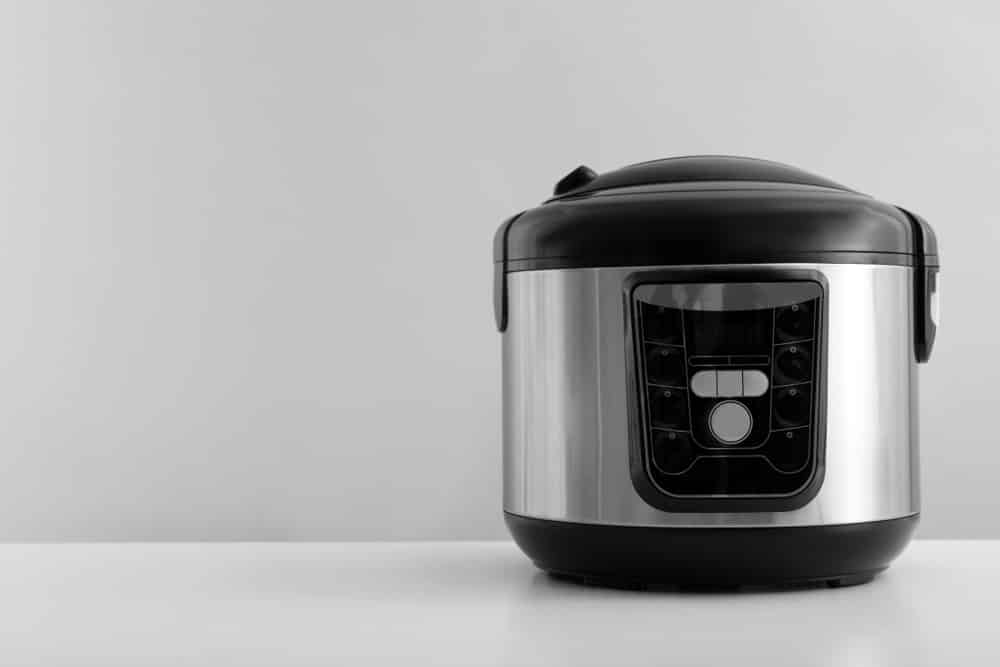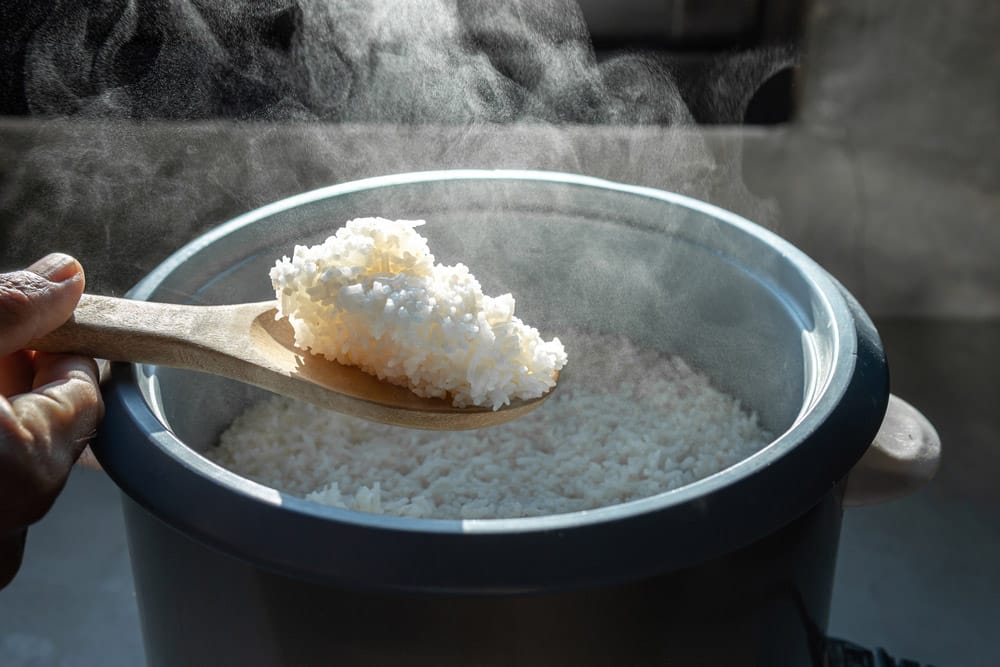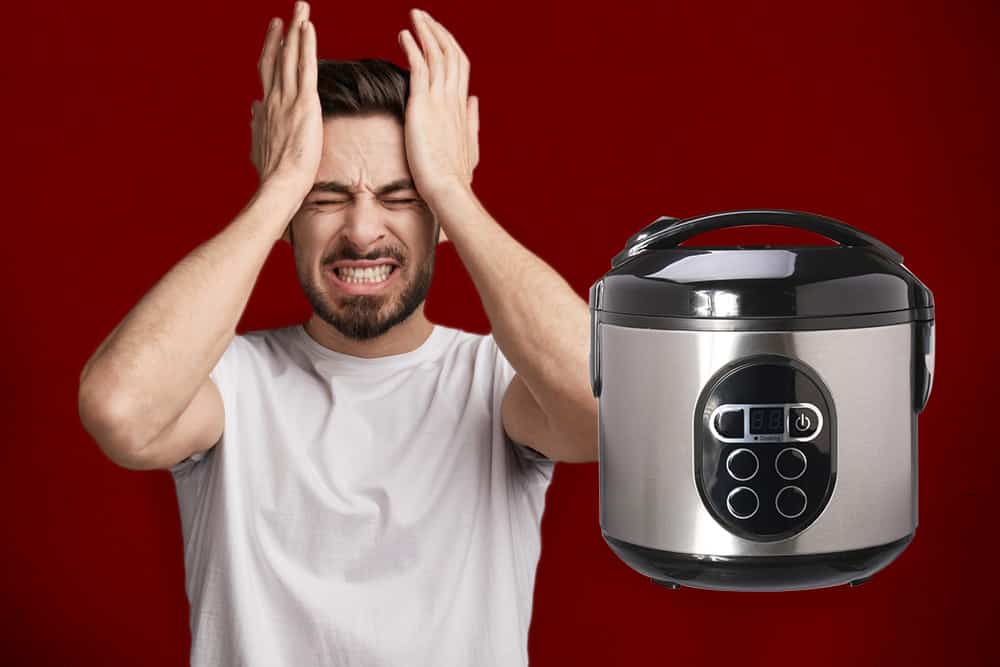
Having a rice cooker makes cooking easy. All you have to do is dump in water and rice, press a button, and wait.
But sinking comfortably into this bed of convenience and not taking proper care of your rice cooker may end up causing irreparable damage to it, similar to what brought you to this article. There are usually three ways the inner parts of a rice cooker get wet.
Someone spilled water inside, someone put the appliance into the dishwasher, or the rice bubbled over and some of the bubbles got inside the inner pot. Hopefully, yours just has a little water spilled inside. Keep reading and we’ll tell you what to do.
How Do Rice Cookers Work?
Yes, these appliances are very convenient but to take care of them correctly, we need to understand a little about how they work. Basically, for rice to change into that soft, fluffy dish we all love so much, it needs three things: water, heat, and time.
That’s why a rice cooker takes rice through four steps – sitting in the water, boiling, steaming to absorb water, then resting at the end. A rice cooker consists of an outside body, an inner cooking pot, an electric hot plate, and a thermostat. Plus a few buttons!
The water and rice are put into the cooking dish which rests inside the outer body. Water is not supposed to get outside this inner cooking dish onto the thermostat.
The weight of the cooking dish presses down on the thermostat, causing the heating plate to turn on and heat the water to boiling point. Heat is conducted from the heating plate to the inner cooking dish.
Once the rice and water reach boiling point, the temperature will remain stable at 212˚F. After the rice has absorbed all the water, the temperature will go up. The temperature sensing device will then turn the heating plate off or onto a “keep warm” mode.
Spilled Water Into Rice Cooker
Spilling water out of the inner bowl and onto the heating device may either cause irreparable damage or do nothing. The extent of the damage depends upon many factors.
Reading the user manual or watching the company’s instruction manual for your rice cooker, you will notice that they always caution against getting water into the interior. To clean it, you are supposed to use a damp cloth only and should never immerse the outer part of the appliance.
Despite these scary warnings, most rice cookers’ inner wiring is properly insulated and probably won’t get wet. However, some of the cheaper rice cookers may not be properly sealed and the heating coil may be exposed. Getting water on this poses an electrocution hazard.
However, what will probably happen is that your electricity will trip. If you overfill your rice cooker, some of the starchy water may overflow once it starts to boil. The boiling water mixes with the starch in the rice causing foam.
Sometimes these bubbles spill over the edge of the inner pot and onto the inside of the casing.
How to Prevent Rice From Bubbling Over
Long grain rice like basmati contains less starch than short-grain rice so it will produce less foam. Use this if you have issues with boiling over. Washing your rice before cooking it will also get rid of some of the starch.
It is very important to follow the instructions for your brand and size of rice cooker about how much rice and water to use. Never use more. Remember that rice expands a lot as it cooks and if the inner pot has been overfilled, some of the water will overflow.
What to Do If There’s Water Inside Your Rice Cooker
- First, you must disconnect the appliance from the electrical connection. Unplug it.
- Pour out as much water as you can.
- Use paper towels to dry the inside of the appliance.
- Leave the appliance upside down on a draining rack overnight to dry out.
- For extra insurance, use a hairdryer to dry the inside of the rice cooker.
- You may now try to use your rice cooker. If it doesn’t work or your electricity trips again, you will need to take the appliance to an electrician.
The extent of damage depends on four things – the rice cooker model, the wiring insulation, power, and if immediate action was taken.
- Models
Different manufacturers assemble their rice cookers differently. It’s not just aesthetics, it’s the internal wiring and how it’s placed inside the device, digital functionalities that come with pricier models, and the overall placement of internal components.
Some manufacturers of expensive models may have taken extra precautions to properly insulate and hide their electrical wires. However, some of these expensive rice cookers come with a digital panel.
The electrical circuit board used for it can never be properly insulated and washing in a dishwasher will allow water to reach these exposed electrical circuits. This will probably not be able to be repaired. Cheaper models may not place as much importance on proper insulation.
But they also have fewer components and even fewer wires inside of them. If the wiring is done correctly then the damage may not be too severe.
- Power
Please be sure never to have the rice cooker plugged in while cleaning it. If the water was spilled onto any electrical component while an electric current was running through it, the rice cooker may not be repairable. In this case, you will have to purchase a new one.
- Immediate action
The sooner you dry the rice cooker after a spill, the better. Immediately unplug the cooker and follow our steps for drying it.
Conclusion
We hope you can get your rice cooker dried out and working again. If you’re like us, you probably use it almost every day. Take care and please be safe!
